Motorola Moto G Review
by Brian Klug on December 18, 2013 2:00 PM EST- Posted in
- Smartphones
- Motorola
- Mobile
- *VA
- Cortex A7
- snapdragon 400
- Moto G
Motorola has embraced relatively stock Android since the launch of Moto X. I originally disliked how the Moto X wasn’t really stock, (cue the philosophical discussion about what stock really means), but truth be told the software preload is devoid of what I don’t like about the skinned, operator-adulterated stuff we’d get otherwise. It strikes perhaps the optimal balance between the two, what works is left intact, what tweaks there are seem to be the bare minimum to appease operators and make the experience better for the majority of users.
The Moto G doesn’t deviate from that formula. At launch, the Moto G comes running Android 4.3, the latest possible version supplied by Qualcomm for the platform inside.
Motorola has promised an update to Android 4.4 KitKat in January (probably near the end of the month), this aligns with the software roadmaps I’ve caught glimpses of. Remember that Motorola is still effectively an OEM and subject to the software release cadences of its silicon suppliers.
The Moto G’s unlocked and operator-free status makes it subject to a bit less than the operator-attached variants of the Moto X I’ve played with, like the AT&T address book and status indicator branding. On the Moto G there’s none of that, just the few tweaks that Motorola has added in, like Device ID, Assist, Migrate, Care, and of course their own camera application.
The delta between the Moto X and G on the software front really comes down to subtraction of features it lacks the hardware for. Specifically the Active Display notifications and interface which used a TI MSP430 and leveraged an AMOLED display, and the always-on voice activation (“OK Google Now”) which used a TI C55x DSP. It’s an easy to understand differentiation point between the two products that I can’t complain about, and although I enjoyed those two features, their absence doesn’t really dilute the software choices that make the Moto G enjoyable.
Moto G also adds an FM radio over Moto X. Inclusion of FM radio is something which remains oddly is absent from most flagship handsets, but a must have on the lower end devices.
Just like the Moto X, the bulk of these applications (Camera, FM radio, Boot Services) are updatable over the Play Store. Motorola has effectively decoupled a bunch of their own first party applications from the normal OTA process.
Again I can’t complain about Motorola’s software strategy for the Moto G. I almost hesitate to make the comparison, but Nexus ends up making flagships that are very competitive on cost in the high end segment, the space Moto G is competing in is entirely different. Having Android 4.3 and the promised upgrade to 4.4 within essentially a month is great, but real proof of Motorola’s commitment will be in continued software support beyond that update.


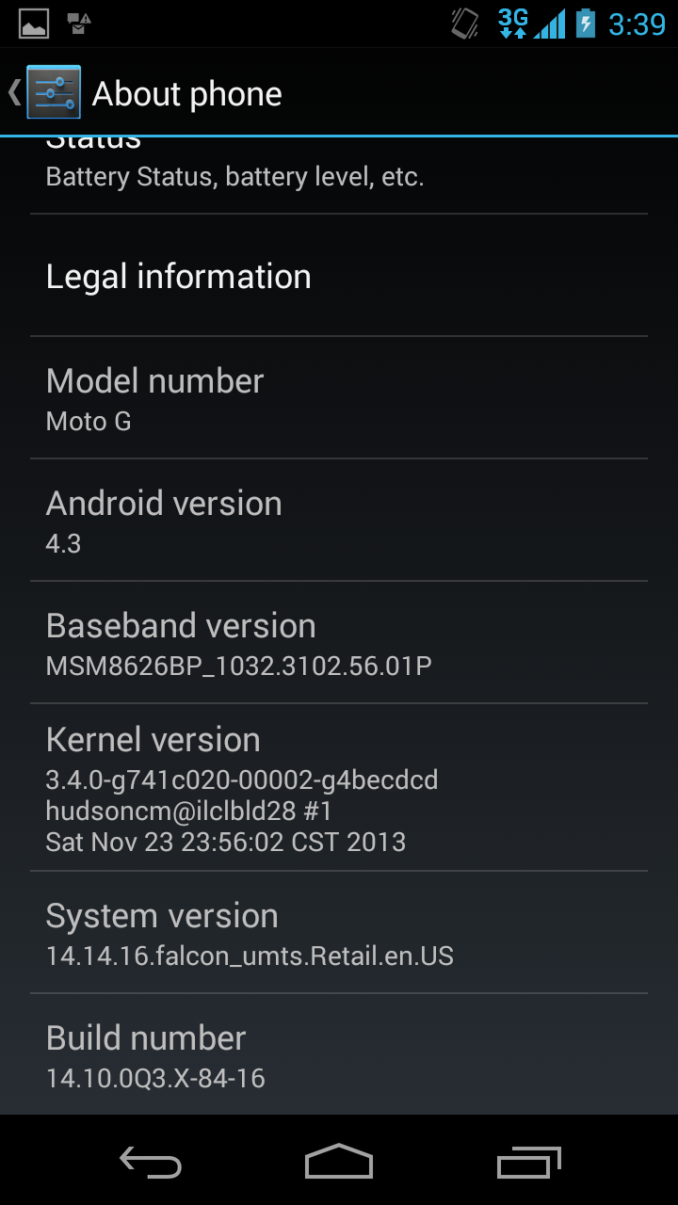
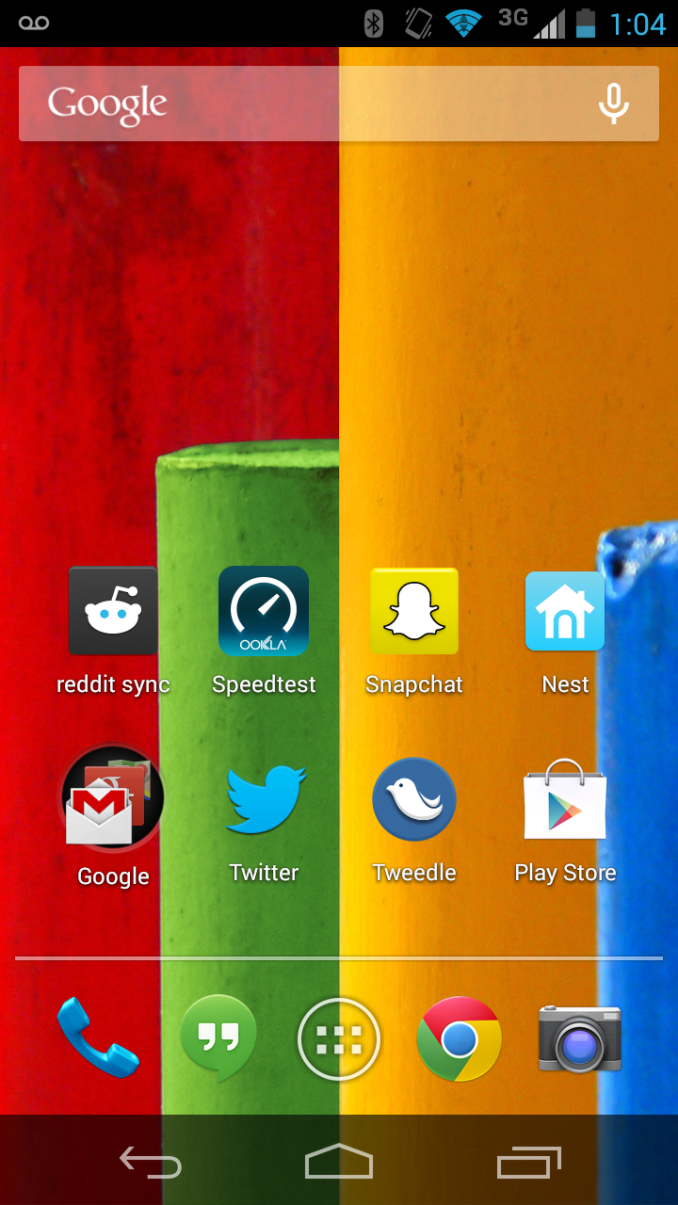
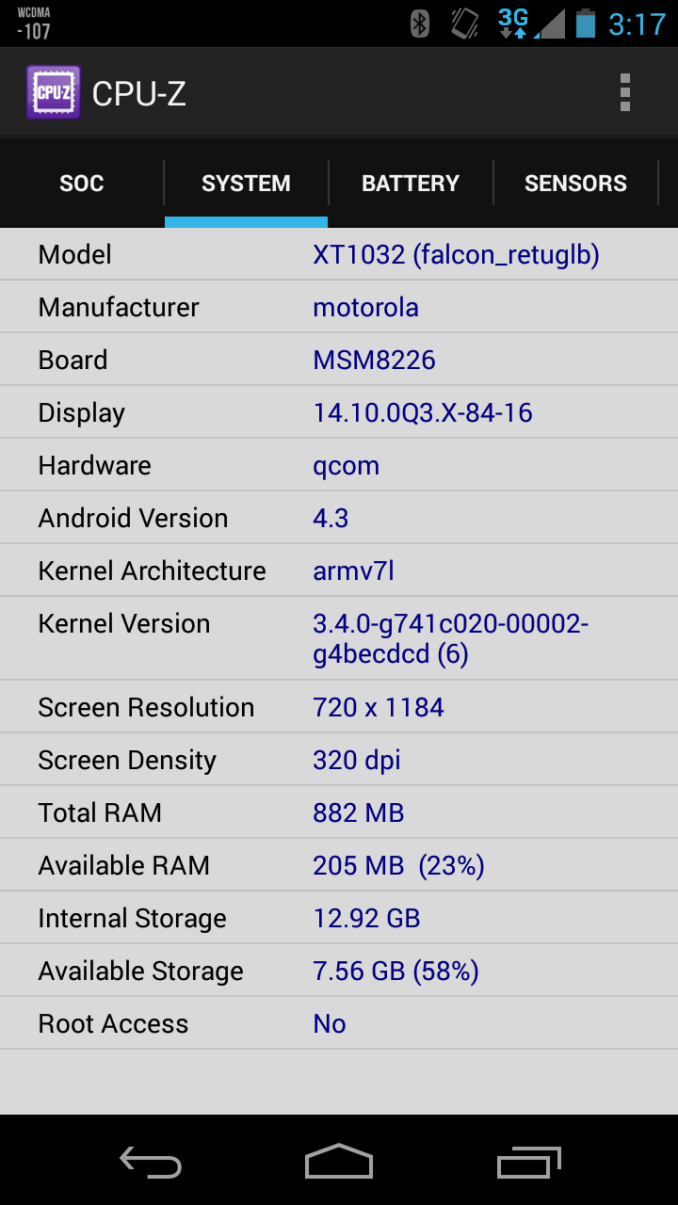
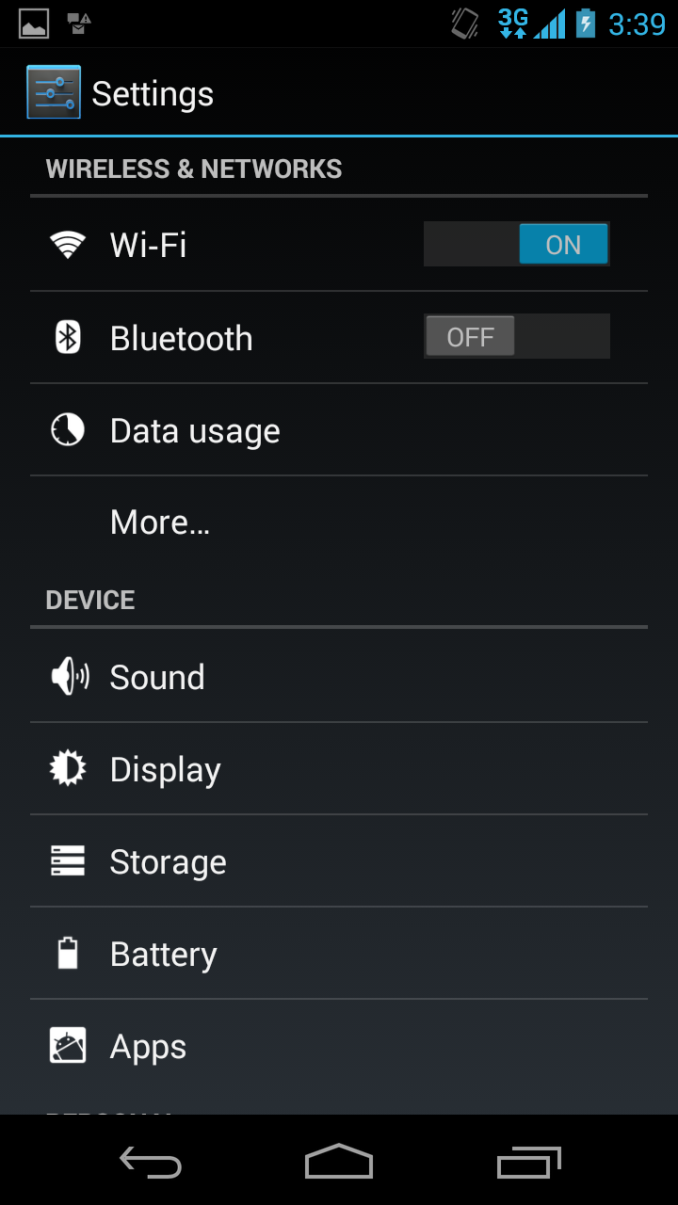
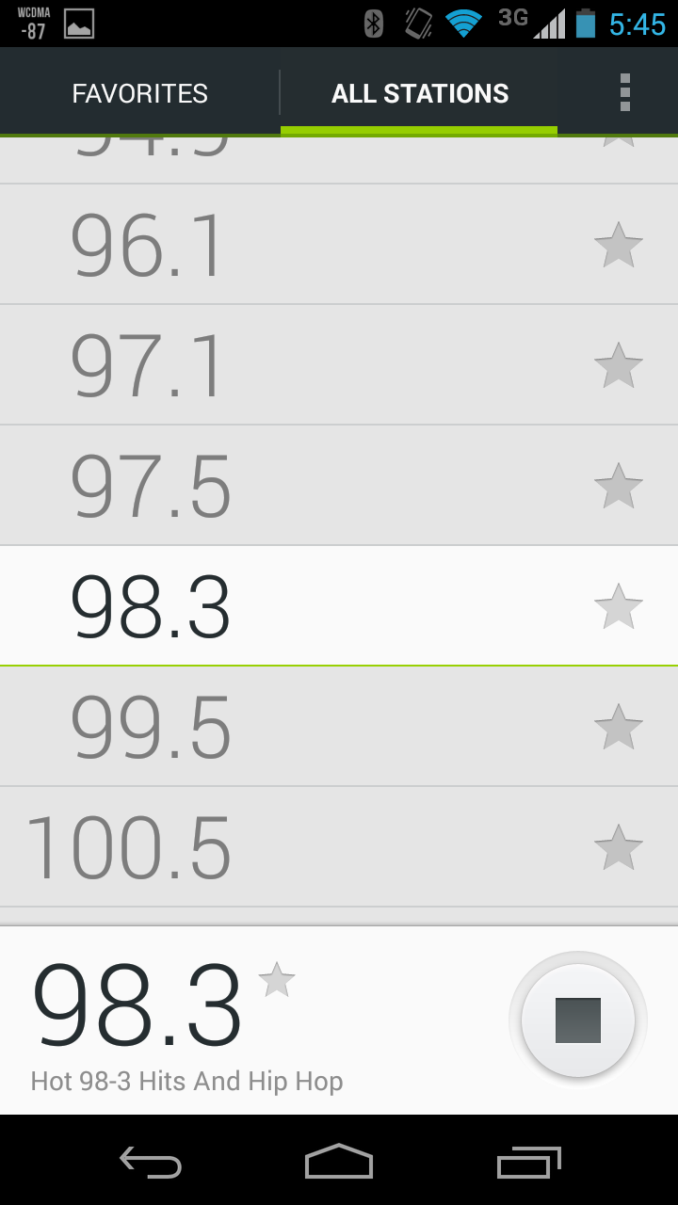
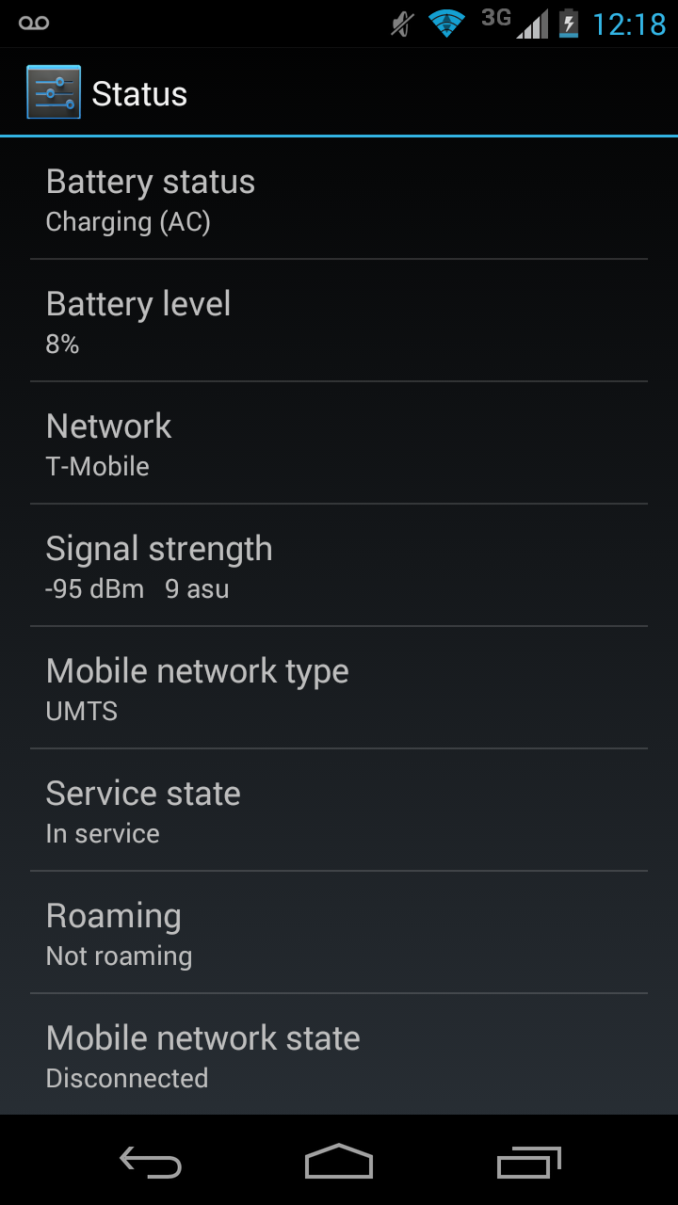








120 Comments
View All Comments
apertotes - Thursday, December 19, 2013 - link
No, I do not. There are two sides here. Some say Samsung sells because of marketing, some say Samsung sells because they understand better what the consumer wants (micro-sd, removable batteries, etc.). Neither side is backing their arguments with any proof at all.uhuznaa - Thursday, December 19, 2013 - link
Well, the fact remains that you can hardly view any review of a competing product on Youtube without a Samsung ad being forced down your throat before it. They must be spending a hell of a pile of money on that.apertotes - Thursday, December 19, 2013 - link
So? Is it less of a fact that Samsung high end devices keep a micro-sd slot and removable battery?Bob Todd - Friday, December 20, 2013 - link
Yes it is, for the simple undeniable truth that enthusiasts make up a tiny sliver of this market (just like is true for most markets). We (enthusiasts) are closer to a rounding error on their financial statements than an overwhelming majority. For every user who clamors for removable batteries or the ability to flash a custom kernel to overclock their phone, there are 95 others who just walk into the store and buy whatever cool phone they saw on TV, or whatever their friends use, or whatever the guy at the counter steered them toward. Samsung could bring the Galaxy S5 to market with sealed batteries and no expandable storage and it would still be the single best selling Android phone by an enormous margin. I have no idea why you are so hell-bent on convincing others, or deluding yourself, that the % of people that really care about these things (or read blogs like Anandtech clamoring for in-depth SOC analysis) make up more than a puddle vs. the ocean of people who DGAF.metayoshi - Friday, December 20, 2013 - link
The guy behind the counter is definitely a major factor, and I believe Samsung dedicates some of their money into that. I remember my sister was due for an upgrade from her Verzion Galaxy Nexus, and I convinced her to buy a G2 and even linked her the mini review from this site. She told me battery life and a good camera were priority, and to me, it was a no brainer.In she walks into the Verizon store, and boy was the guy trying hard to sell the GS4. I told her, the LG has essentially the same features as the GS4 down to the gimmicky camera features, but the camera quality (OIS), and the 3000 mAh battery is much better than what the GS4 will deliver. If I wasn't there, there is no doubt in my mind that my sister would have a GS4.
So yeah... for the people that just don't know what all of their options are, and they go to the phone salesmen for the "expert" advice, which makes up the majority of people, what they're really getting is the phone that the employees are getting paid the most money to sell, which, in my case, was definitely the GS4. After that experience, there is no doubt in my mind that Samsung is giving extra commission to employees who sell these Samsung phones.
shaduck007 - Saturday, January 4, 2014 - link
At Best Buy, I always ask the Intel specialist his opinion.apertotes - Monday, December 23, 2013 - link
That is simply not a fact. That is your poorly reasoned opinion. Facts are:1. Samsung invests a lot of money in advertising and marketing.
2. Samsung's phones have micro-sd and removable battery.
Unless you work as a high level Samsung employee, there is no way to know which of those facts affect sales in a more powerful way.
bhima - Monday, December 23, 2013 - link
iPhones have literally ZERO of those features listed in number 2. They sell by the truckload. Bob Todd is spot on and said it best, Anandtech readers/tech enthusiasts make up a rounding error in the financial statements of these companies.apertotes - Tuesday, December 24, 2013 - link
and that is why HTC did not sell that much. They can't compete on features with Samsung, they are competing with iPhones. And nobody can beat Apple in their own turf. At least Motorola is pricing the G way below.Now, Apple says a truckload of iphones without removable storage or batteries. That is completely true. But Apple is on a league of its own. Neither better nor worse. Simple different. Apple users do not care that much about raw power or features. Also, Starbucks, trendy, hipster, instagram.
boeush - Wednesday, December 18, 2013 - link
"3-4 GB of music" is about 1000 songs."In crappy 64 kbps bit rate, maybe. Personally, I don't do crappy when it comes to my music: all my stuff is ripped to CD-quality at a minimum, and lossless (FLAC) when possible. For instance a single anthology collection for a single band that I have currently on my phone, takes up nearly 10 GiB.